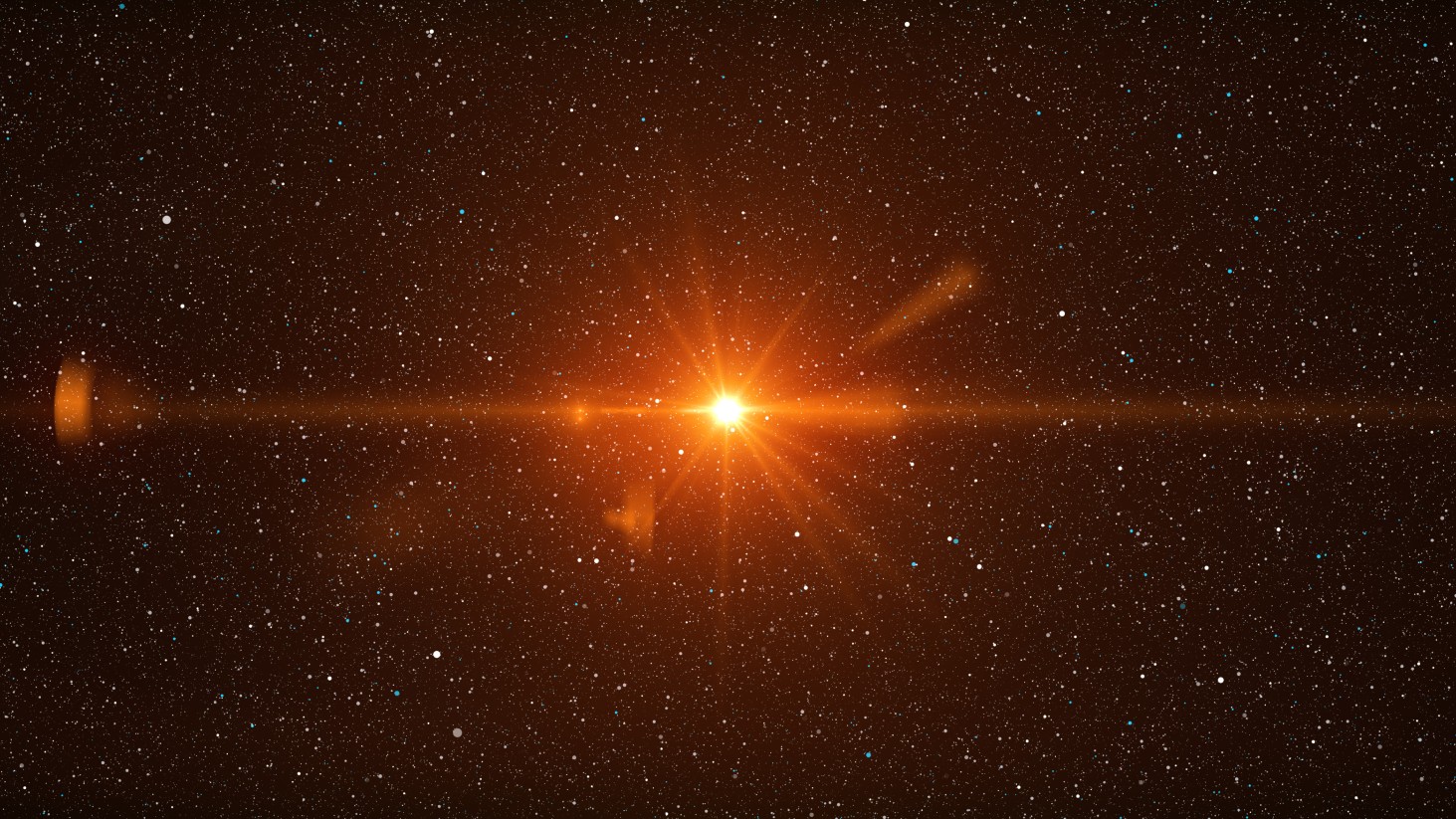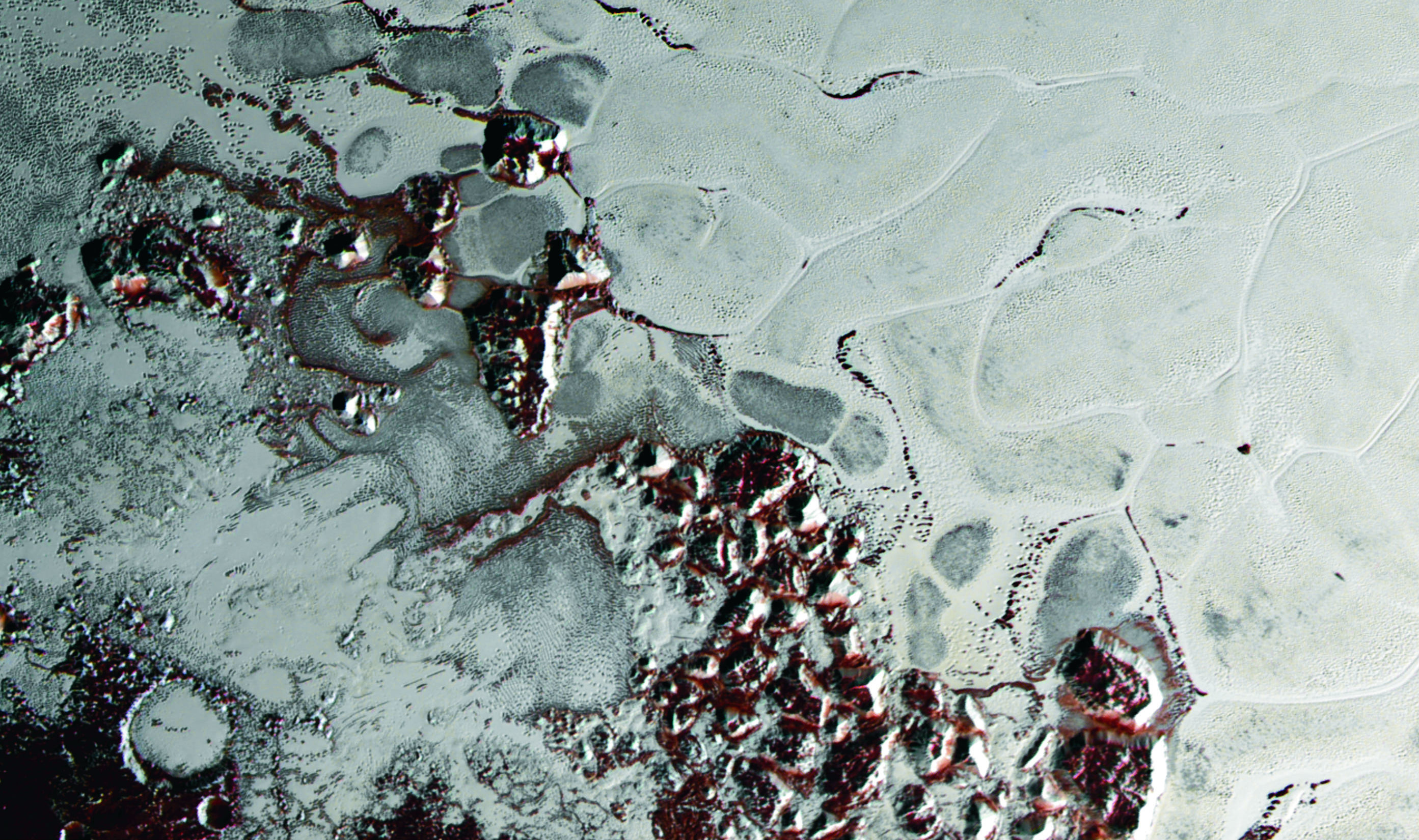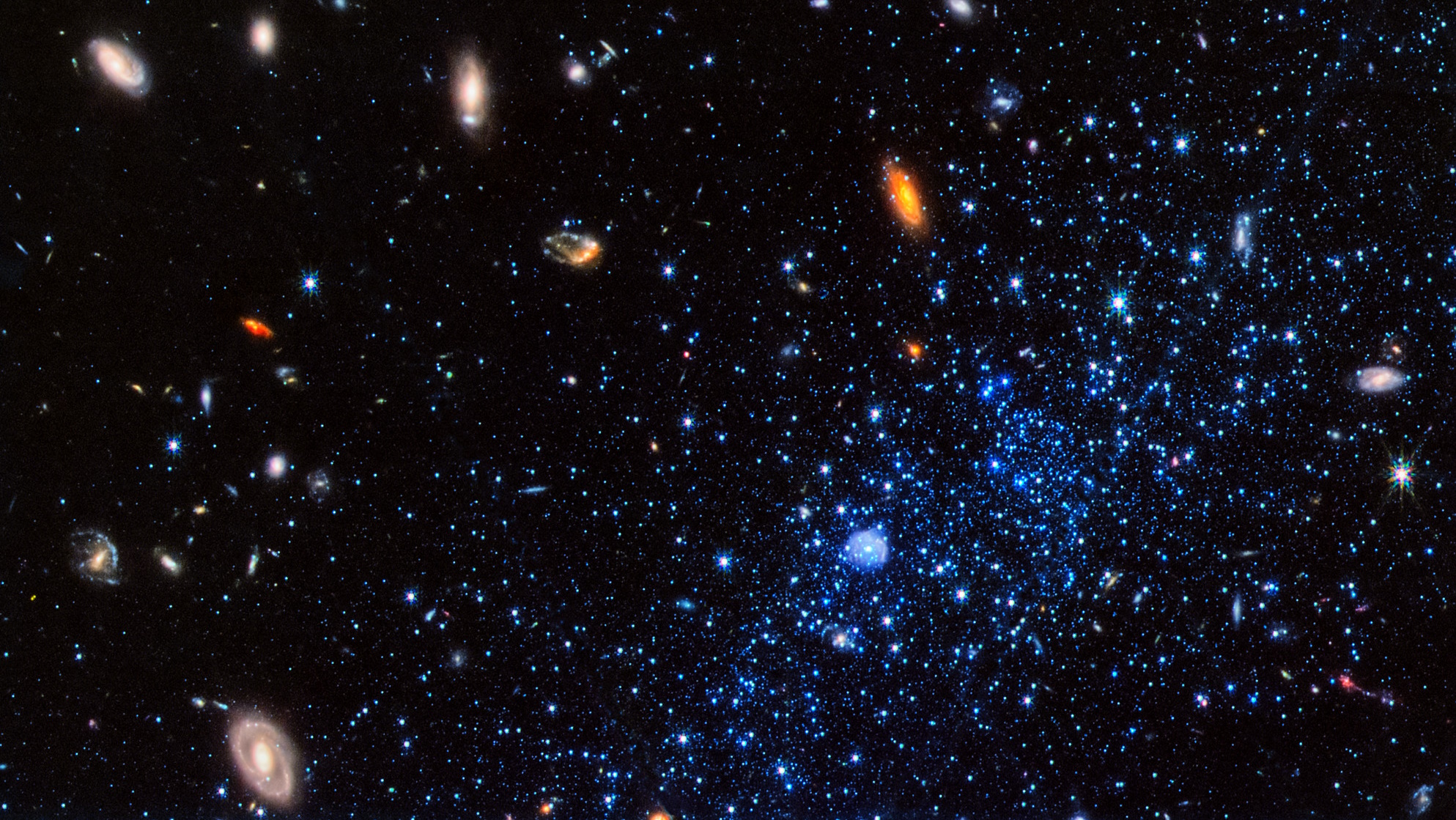One of the most poetic and perspective-giving phrases belongs to Carl Sagan: “The nitrogen in our DNA, the calcium in our teeth, the iron in our blood, the carbon in our apple pies were made in the interiors of collapsing stars. We are made of star stuff.” But not only are we made of star dust; we’re made of elements so fundamental to the universe they were created in the first moments of the Big Bang. The history inside of us stretches back further than we knew and our future remains inescapably among the stars.
Anna Frebel: The work of stellar archaeology really goes to the heart of the "we are stardust" and "we are children of the stars" statement. You’ve probably heard it all but what does it actually mean? We are mostly made all humans and all life forms that we know of are made mostly of carbon and a bunch of other elements but in much lesser quantities. Where does this carbon come from? Well, you could say it comes from the Earth and yes that is true. But how did it get into the Earth, right? And so that is where astronomy comes in because there are multiple so-called nuclear synthesis processes that create elements, heavy elements. They fuse lighter ones into heavier ones starting with hydrogen. Four hydrogen atoms come together and fuse into a helium atom. And if you throw three helium atoms together, you get a carbon nucleus. And this is how carbon is created and we are establishing how much carbon was created at various times in the universe and through which processes and in which types of stars and what evolutionary phases of the stars this all happens.
And so this is how we can piece together the chemical evolution of the universe that is really the basis for any biological evolution to take place on Earth. And I find it really exciting to go back and really look at the constituents of life separately and we have studies not just carbon, but also nitrogen and phosphorus and sulfur and oxygen and iron and all the different elements through our work in stellar archaeology. And actually if you come to think about it, the body is not just made of carbon, but also a lot of water. And there is hydrogen and oxygen in the water and well we know oxygen also comes from the stars. You add another helium nucleus to a carbon nucleus and you get an oxygen nucleus. But the water, the hydrogen, that’s just protons. They were all formed in the Big Bang. So we actually carry about 10 percent of our body weight in us that is Big Bang material. The protons were all recycled numerous times throughout the stars, but the actual protons were made in the hot Big Bang when all the subatomic particles actually came together and formed protons and neutrons. And so that we are not just children of the stars. Actually we are also children of the Big Bang. And I think it’s really nice once in a while to reflect on that and really realize how much we are actually connected to the cosmos.




